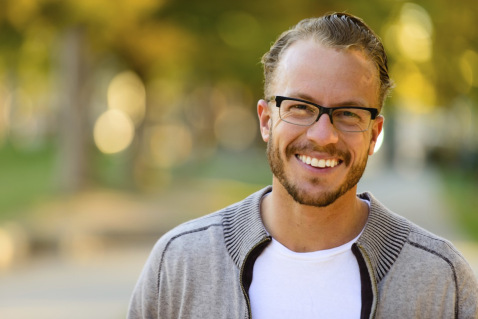
Hope for Healing from PTSD
Others might have a more hopeful outlook. The field of Positive Psychology, which offers a strengths-focused perspective to recovery from traumatic experiences, was pioneered by psychologist Martin Seligman, who directs the Positive Psychology Center at the University of Pennsylvania. One concept in this approach is post-traumatic growth, which reflects counterintuitive responses to horrific circumstances. Research from Lawrence G. Calhoun and Richard G. Tedeschi of the University of North Carolina Charlotte found that survivors of trauma often experienced profound healing, a stronger spiritual faith and philosophical grounding. The 21-item Post-Traumatic Growth Inventory examines responses to painful event in five areas:
- Relating to others
- New possibilities
- Personal strength
- Spiritual change
- Appreciation for life
Resilience is powerful factor in post-traumatic growth that often precedes the life-altering events. It helps people create a sense of stability, bond with caregivers, communicate needs and emotions, regulate themselves, and feel a higher level of self-worth. If adults model resilient responses, children are more inclined to emulate those qualities, making them better able to cope with trauma.
Setting Yourself Up for Resilience
A poignant example of the power of the human spirit and post-traumatic growth is psychiatrist Viktor E. Frankl. He wrote Man’s Search for Meaning, in which he shared: “We who lived in concentration camps can remember the men who walked through the huts comforting others, giving away their last piece of bread. They may have been few in number, but they offer sufficient proof that everything can be taken from a man but one thing: the last of human freedoms — to choose one’s own attitude in any given set of circumstances, to choose one’s own way.” When people perceive themselves as victims of circumstance, their ability to bounce back from trauma is impaired. Once they see themselves as resilient thrivers who’ve created meaning from their challenges, they become more inclined to have a post-traumatic growth experience and rebound more readily, with longer-term positive outcomes. From the tradition of Buddhism comes a story of two arrows called Sallatha Sutta. It explains that physical and emotional pain is inevitable. That’s the first arrow, which might pierce us. The second arrow, which might cause even more lasting harm, is the one with which we continue to stab ourselves. Those are thoughts of blame and victimhood, which lead us to carry wounds as if they’re our identity. When we recognize the role suffering might play in developing compassion for self and others, we’re better able to stop the second arrow from reaching its target. By Edie Weinstein, LSW Follow Eddie Weinstein on Twitter @EdieWeinstein1
